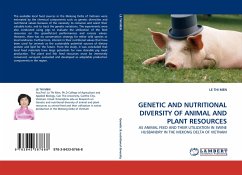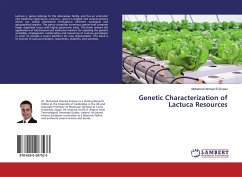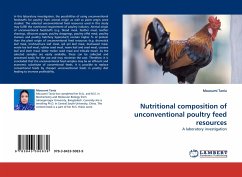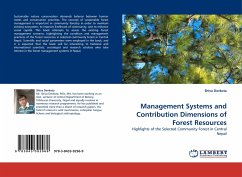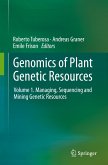The genus Juglans consists of about 21 species, many of which are of biological and economically important becasue of their high quality timber and nutirtious nuts. The fields of genetics and genomics are growing by leaps and bounds. In particular, new technologies now allow investigators to use high-throughput tools to generate large molecular datasets on non-model organisms. Theoretical concepts and DNA markers,including random amplified polymorphic DNA (RAPDs),Microsatellites(Simple sequence repeats,SSR),Cleaved Amplified Polymorphic Sequences(CAPS),Internal transcribed spacer (ITS),and Chloroplast DNAs could be used to address applied problems in the ecological and genetic sciences, including those pertaining to the conservation, management, and genetic improvement of Walnut trees. This book might be used to better manage our natural resources and to better understand natural ecological and evolutionary processes that influence the distribution and abundance of especially forwalnuts, other animal and plant species.
Bitte wählen Sie Ihr Anliegen aus.
Rechnungen
Retourenschein anfordern
Bestellstatus
Storno


